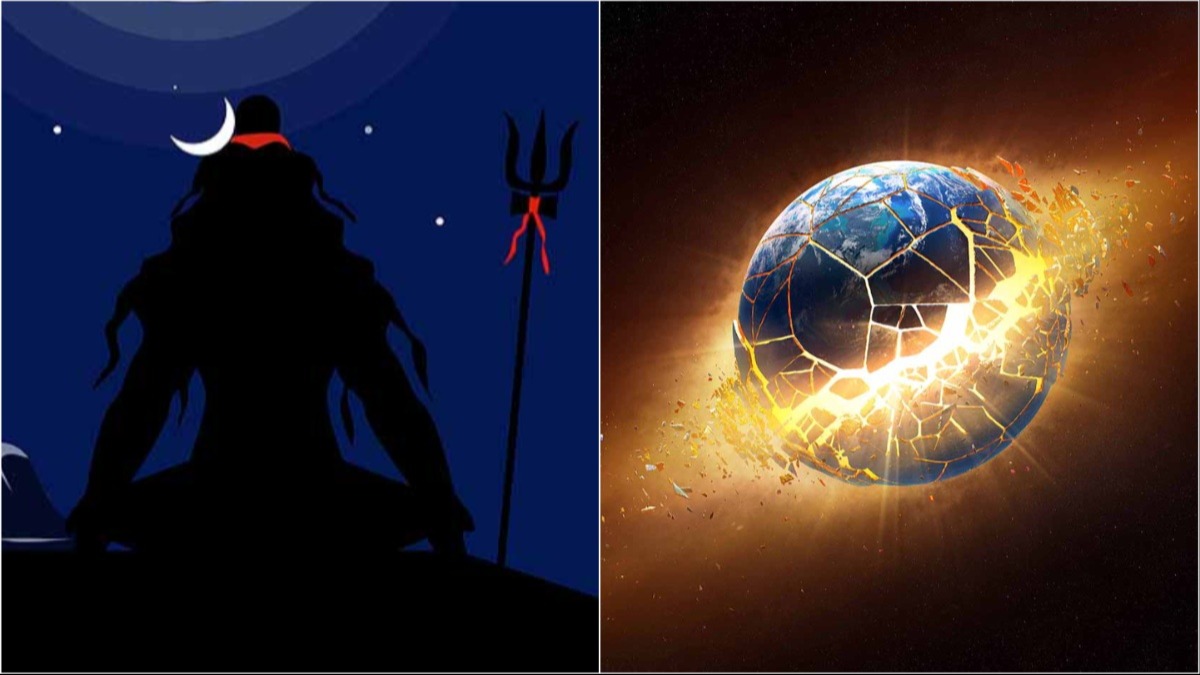Known as the deity of destruction, Shiva also aligns with scientific concord. When will Earth conclude? When will life cease? What will cause this? These questions have long been studied by scientists. One such study is named 'The Shiva Hypothesis: Impacts, mass extinctions and the galaxy' – an intriguing theory proposed by researchers.
This hypothesis provides a scientific narrative on Earth, the obliteration of life, and its connection to the galaxy. It suggests periodic mass extinctions due to comets, asteroids, or meteorites as possible catalysts.
Read more about this alarming alert for UP, Bihar, and Jharkhand at:

Source: aajtak
Moreover, Earth could collide with another planet or a large celestial body, creating dust clouds expansive enough to plunge our world into a new Ice Age. According to current estimates, Earth has endured five mass extinctions.
Approximately 20 minor mass extinction events have occurred over the last 540 million years. This hypothesis was introduced by M.R. Rampino and Bruce M. Haggerty, fueling ongoing research into a potential sixth extinction and the broader implications for the environment.
Also, witness the formation of the Himalayas in this fascinating 60-second video at:

Source: aajtak
Let's delve into the origin of this fascinating theory's name. The alarming pace of global warming is causing catastrophic destruction in various regions. Marine and terrestrial species alike are suffering. The universe, too, is undergoing transformative events that make and break worlds.
According to the Shiva Hypothesis, planetary creation and demise, as well as rains of comets from the Oort cloud, could significantly impact Earth. It was in a 1987 study by Campbell that articulated the worship of Shiva as the most extensive and ancient. Shiva, with a flaming torch in one hand and a rhythmic drum in the other, represents the endless cycle of creation and destruction, mirroring the cosmic dance.
The relevance of the Shiva Hypothesis in modern times stems from its insights into the potential devastating impacts of a large meteor strike. The study details not just the event, but its dire consequences—engulfing the world in darkness and instigating a sudden, steep drop in temperature, leading to massive loss of life forms.
The study also underscores the human contribution to climate change, which may hasten Earth's demise, melting glaciers, drying rivers, triggering droughts, and intensifying natural disasters, leading to both biotic and abiotic annihilation.




